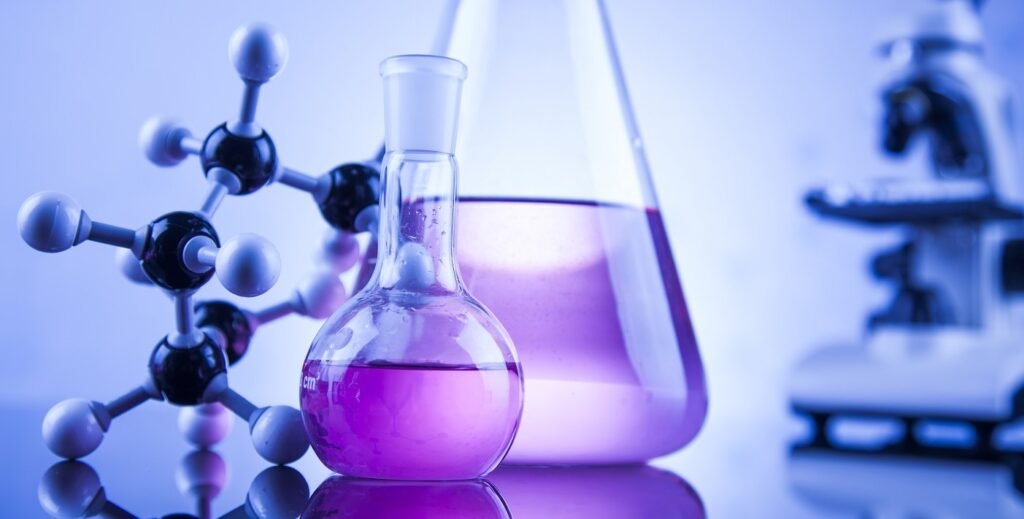NOTE:
On May 31, 2022, Singapore officially published the Environmental Protection and Management Act 1999 (Amendment of Second Schedule) Order 2022 to regulate the five substances. See more details below:
Singapore newly regulates Dechlorane Plus and UV-328 under the Environmental Protection and Management Act
On August 30, 2021, the National Environment Agency of Singapore (NEA) released a proposal of national legislations for five chemicals that are being reviewed as new controlled substances in the Stockholm Convention and the Rotterdam Conventions (Amitrole, Nonylphenol and Nonylphenol Ethoxylates, Iprodione, Dechlorane Plus, and UV-328). In order to ensure implementation of the international conventions, the NEA proposes to regulate these five substances as “hazardous substances (HS)” under the Environmental Protection Management Act (EPMA) and the Environmental Protection Management (Hazardous Substances) Regulations (EPM (HS) Regulations) tentatively by March 1, 2023.
The call for comments will run until September 24, 2021.
The original announcement by the NEA on this matter can be viewed at the following URL.
https://www.reach.gov.sg/Participate/Public-Consultation/National-Environment-Agency/Pollution-Control/public-consultation-on- proposed-control-of-additional-chemicals-as-hazardous-substances-%28hs%29-in-singapore
Five chemical substances under consideration for new inclusion in international conventions and obligations of parties
Rotterdam Convention
(i) Amitrole
(ii) Nonylphenol (NP) and Nonylphenol Ethoxylates (NPE)
(iii) Iprodione
Stockholm Convention
(i) Dechlorane Plus (DP)
(ii) UV-328
If the Conference of the Parties (COPs) in June 2022 decides to add these chemicals to the Annexes, the obligations of the Parties will enter into force within 9 to 12 months of the decision.
Environmental Protection and Management Act of Singapore
This is the basic regulations for the management of hazardous substances in Singapore. It governs the import, sale and supply of hazardous substances, and is administered by the National Environment Agency (NEA), a subordinate body of the Ministry of Sustainability and the Environment. Under this act, any person who imports, owns for sale, or sells hazardous substances is required to obtain a license. The amendments in 2019 newly added 10 substances adopted or considered under the Stockholm Convention, such as Perfluorooctanoic Acid (PFOA) and Perfluorohexane Sulfonic Acid (PFHxS), and under the Rotterdam Convention, such as Benzidine, Acetochlor, and Amitraz.
Substance Information
The detailed information of the five substances excerpted from NEA’s document is the following:
| Name | Dechlorane Plus |
| CAS RN | 13560-89-9,
135821-03-3 for its syn-isomer; and 135821-74-8 for anti-isomer. |
| Category | Industrial chemical |
| Common Use | Additive flame retardant in electrical wire and cable coatings, plastic roofing materials, hard plastic connectors in TV and computer monitors and in polymeric systems such as nylon and polypropylene plastic. |
| Environmental Impact and Health Effects |
|
| Name | UV-328 |
| CAS RN | 25973-55-1 |
| Category | Industrial chemical |
| Common Use |
|
| Environmental Impact and Health Effects |
|
| Name | Amitrole |
| CAS RN | 61-82-5 |
| Category | Pesticide |
| Common Use | Used as herbicide |
| Environmental Impact and Health Effects |
|
| Name | Nonylphenol | Nonylphenol Ethoxylates |
| CAS RN
NOTE: |
84852-15-3 25154-52-3 11066-49-2 90481-04-2 104-40-5 |
127087-87-0 9016-45-9 26027-38-3 37205-87-1 68412-54-4 |
| Category | Industrial chemical/ Pesticide | |
| Common Use | Production of nonylphenol ethoxylates, plastics, resins, stabilizers in the polymer industry; phenolic oximes in the metal extraction industry |
|
| Environmental Impact and Health Effects |
|
|
| Name | Iprodione |
| CAS RN | 36734-19-7 |
| Category | Pesticide |
| Common Use |
|
| Environmental Impact and Health Effects |
|
(Edit in March, 2022)
Singapore government revealed public comments submitted by industries. Here is its excerption:
|
Comment |
Answer from NEA |
| Consider regulating the 5 identified chemicals as hazardous substances only upon their listing under the Annexes of Rotterdam and Stockholm Conventions. | NEA will only implement the obligations of the Stockholm and Rotterdam Conventions (i.e. Prior Informed Consent procedure, elimination, restriction) when the chemicals are adopted by Parties for listing in the respective Annexes of the Conventions. The means to implementing the obligations is by listing the 5 identified chemicals as controlled hazardous substances under the Environmental Protection and Management Act (EPMA) and EPM (Hazardous Substances) |
| Consider excluding (i) the chemicals that exist as impurities and (ii) the chemicals in products that are present in concentrations that do not require any classification and/or labelling based on Globally Harmonised System from licensing controls | Unintentional trace quantities of the chemicals present as contaminants in products will be exempted from the proposed regulatory control, as allowed for and in alignment with the provisions under Stockholm Convention and Rotterdam Convention. NEA may require relevant supporting documentation (e,g. safety datasheets, analytical reports, etc.) to be furnished when such cases surface. |
| Consider exempting products containing Dechlorane Plus (DP) and UV-328 that are already placed in the market | The proposed domestic controls are aligned with the obligations of the Stockholm Convention when the 5 chemicals are adopted for control by the Parties. This includes the type of products or articles that are adopted for exemption.
NEA recognizes the concerns raised by industry on whether products containing DP and UV-328 that are already placed in the market will be prohibited for sales. Similar to the approach taken for other controlled hazardous substances (e.g. perfluorooctanoic acid that was listed in Annex A under the Stockholm Convention in 2019), the industry will be allowed to deplete its existing stock of DP and UV-328, including their products which are already placed in the local market, before the effective date of the obligation. |
 Singapore announces public consultation on new regulations for five chemicals
Singapore announces public consultation on new regulations for five chemicals 

























